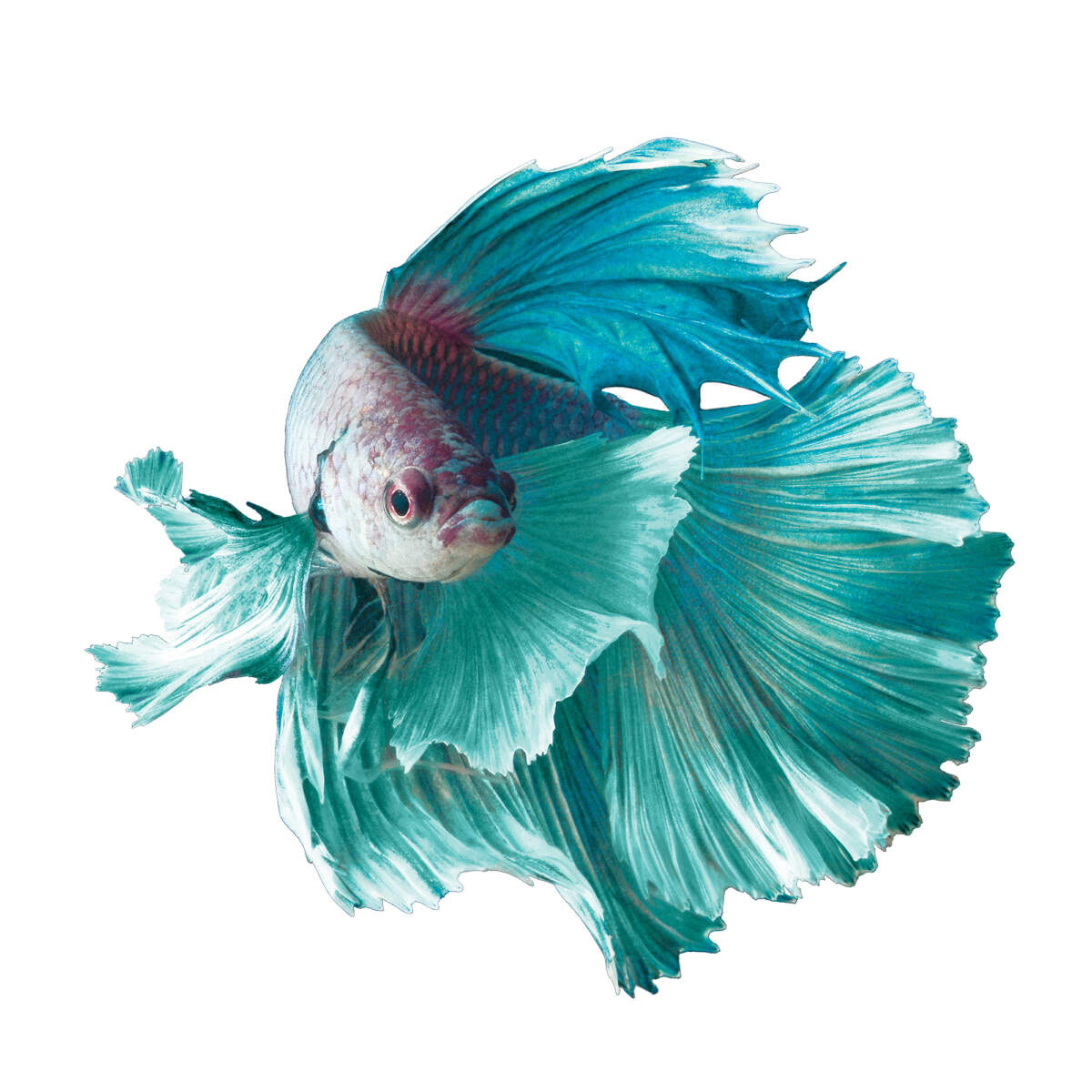Reproducing Betta Fish: a Comprehensive Step-By-Step Guide to Effectively Raising Baby Bettas From Eggs to Their Adult Years
Reproducing Betta fish is a precise endeavor that calls for cautious planning and execution to make certain the successful growth of fry from eggs to develop fish. Choosing genetically varied breeding sets with desirable attributes is only the beginning; developing an optimal atmosphere and understanding the ins and outs of the reproducing process are just as essential. As the male Betta diligently constructs a bubble nest and guards the valuable eggs, the succeeding stages of care and shift need attention to detail and understanding of ideal practices. Just how does one browse the tough yet satisfying path of nurturing these lively animals to the adult years?
:strip_icc()/siamese-fighting-fish-bettas-1378308-hero-f459084da1414308accde7e21001906c.jpg)
Choosing Breeding Pairs
When starting the trip of reproducing Betta fish, choosing the best breeding sets is vital to accomplishing desirable traits and a healthy and balanced lineage - betta fish. The initial step in this procedure is to determine the specific attributes you want to enhance or maintain, such as color, fin kind, and physique. It is necessary to pick genetically varied pairs to stay clear of inbreeding, which can cause health concerns and unfavorable characteristics
Review prospective reproducing candidates carefully. A healthy and balanced male Betta ought to show vibrant shades, an active temperament, and well-formed fins, while the woman should likewise present dynamic pigmentation and a rounded tummy, showing readiness for spawning. Observing the character of both fish is essential, as aggressive or extremely timid individuals may not breed effectively.
Keeping documents of the parent fish's origins can aid you track hereditary traits and potential problems. Eventually, spending time in the choice procedure will dramatically boost the chance of generating strong, dynamic offspring that meet your breeding goals.

Preparing the Breeding Container
Developing an ideal reproduction setting is an essential action after choosing suitable sets for Betta fish. The breeding tank need to be particularly developed to provide convenience and stimulate the all-natural breeding actions of the fish. Begin with a tank dimension of a minimum of 10 gallons to guarantee ample area for both the man and women Bettas.
Maintain a mild filtration system to maintain the water clean while preventing strong currents that can worry the fish. Additionally, an air stone can be included to offer oxygenation without interfering with the water surface excessive.
Temperature level guideline is crucial; go for a stable series of 78-82 ° F(25-28 ° C) utilizing a reliable heating unit. The pH degree must be kept between 6.5 and 7.5, and normal water changes are needed to make certain high water quality.
Integrate drifting plants or spawning mops to produce concealing spots for the woman, while additionally encouraging bubble nest building by the male - betta fish. Make certain the container is totally free from sharp designs and any type of possible threats, as the well-being of the fish should always be prioritized during this vital stage of reproduction.
The Breeding Process
Usually, the reproducing procedure for Betta fish Source includes a collection of unique and evident habits that show readiness for recreation. The male Betta begins by constructing a bubble nest at the water's surface area, which works as a website for the fed eggs. This nest is critical, as it gives a secure setting for the eggs till they hatch out.
When the nest is established, the male will display courtship behaviors, such as flaring his fins and showing vivid shades to draw in the woman. The female, upon sensing the man's preparedness, will respond by displaying upright red stripes along her body, indicating her receptiveness.
The fed eggs then drop to the bubble nest, where the male very carefully collects and returns them to the nest. Following this, the male thinks obligation for securing the nest and making sure the safety of the eggs till they hatch, commonly within 24-36 hours.
Caring for Betta Fry
Looking after Betta fry needs mindful attention to their setting and nutrition to make sure healthy growth and growth. After hatching, Betta fry are exceptionally little and at risk, necessitating a secure and tidy habitat. Keeping a water temperature between 78 ° F and 80 ° F is critical, as Betta fry flourish in cozy problems. Additionally, make sure that the water is without damaging contaminants; regular water modifications of 10-20% are advised to maintain ideal water top quality.
Feeding Betta fry is equally vital. Feed them tiny quantities a number of times a day, being cautious not to overfeed, which can lead to water quality issues.
Transitioning to Grownup Bettas
As Betta fry fully grown, transitioning them to grown-up Bettas is an important phase that requires cautious monitoring of their setting and social interactions. This process generally starts when the fry get to around six weeks of age, at which factor they can be slowly introduced to a more organized living atmosphere.
To facilitate this change, it is vital to ensure that the water criteria-- such as temperature, pH, and ammonia degrees-- are ideal and secure. Adult Betta fish grow in warm water (around 78-80 ° F) with a pH of 6.5 image source to 7.5. Progressively accustom the fry to these problems to reduce stress.
Social communications are another crucial factor; male Bettas are infamously territorial and aggressive. Consequently, it is recommended to different men into specific tanks as they develop. Women Bettas can be housed with each other, but treatment needs to be taken to keep track of for indicators of aggression.
Furthermore, nutritional adjustments ought to be made as the fry grow. Include high-quality pellets and live foods to support their development and wellness. By managing these aspects properly, you can advertise a successful transition to their adult years for your Betta fish.

Verdict
Successful reproduction of Betta fish needs careful interest to detail throughout the whole process, from picking genetically diverse sets to supplying optimal treatment for fry. Additionally, a well balanced diet and steady adaptation to grown-up atmospheres are essential for the development and Bonuses advancement of Betta fish.
Comments on “How to Create the Perfect Betta Fish Habitat in your home”